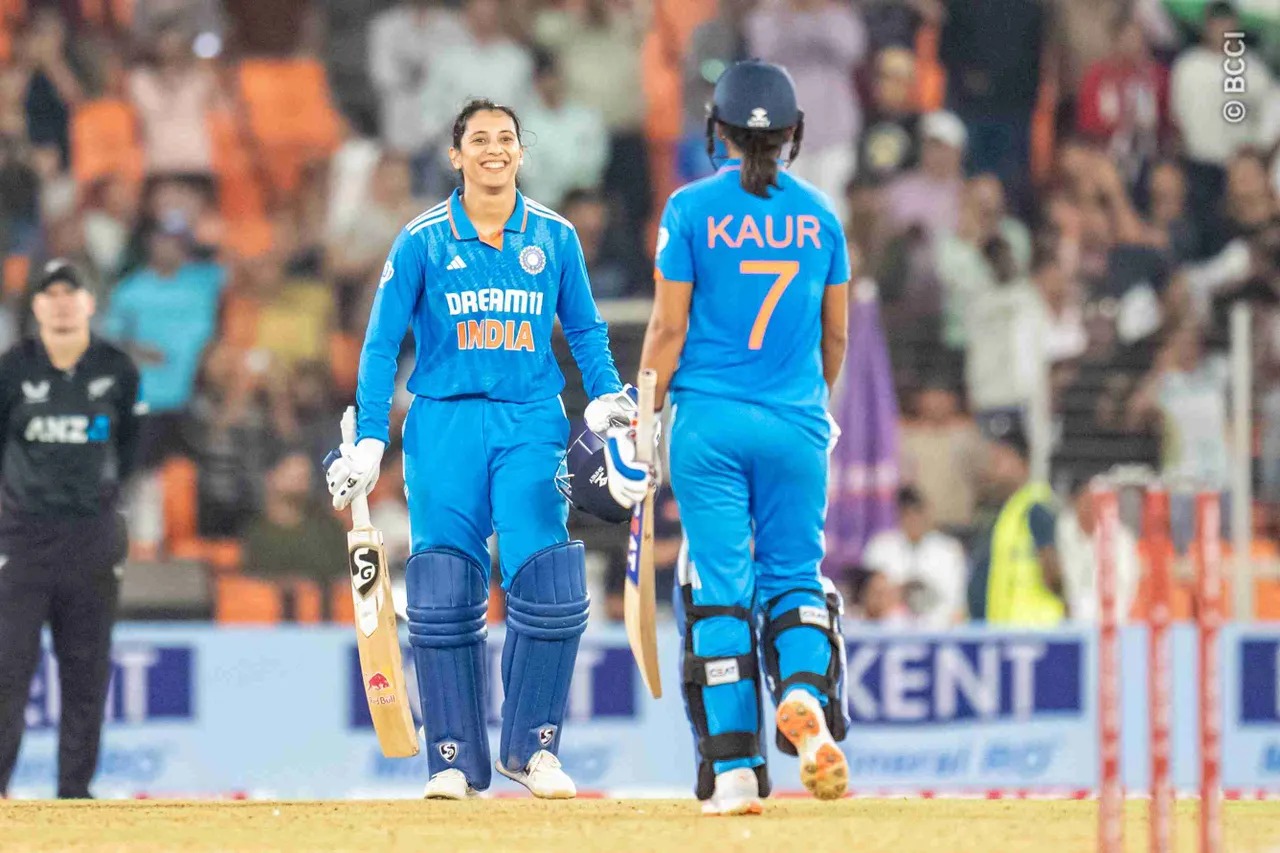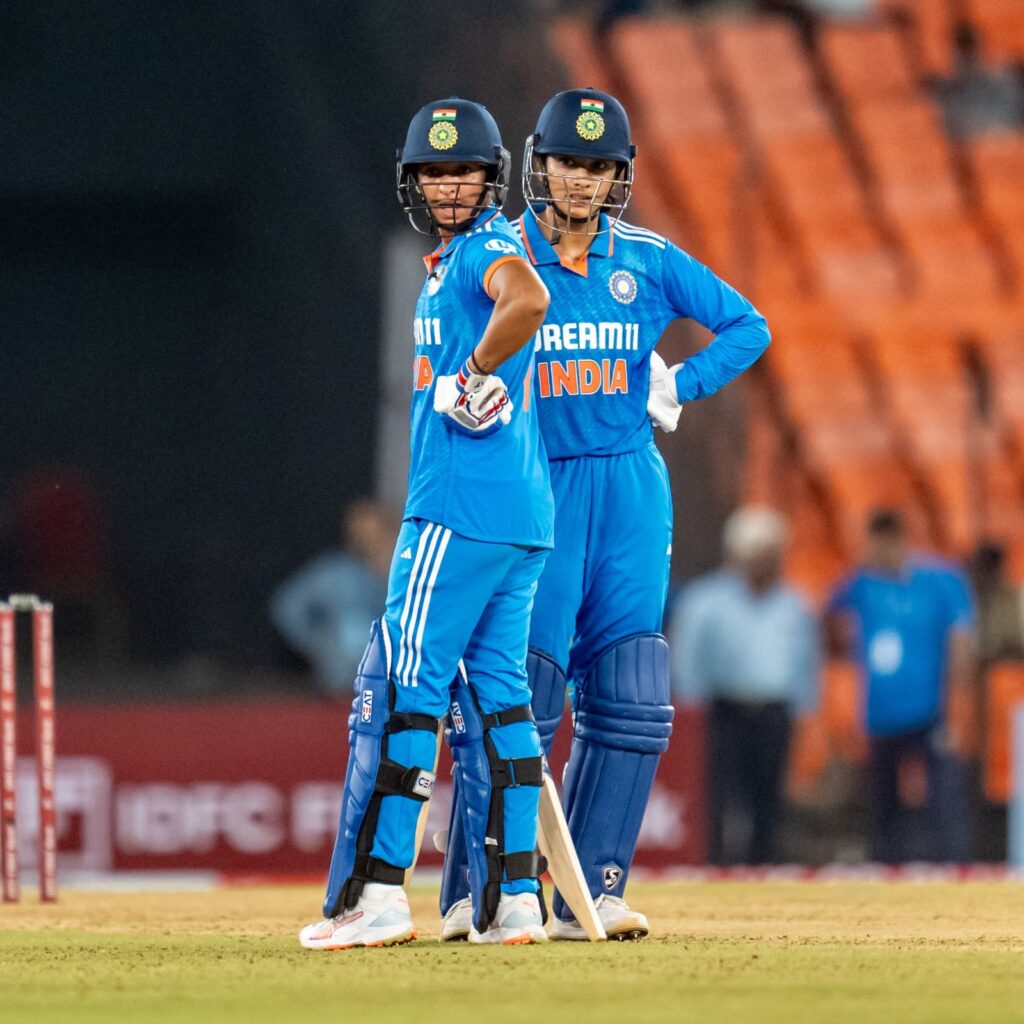
Even as the ICC Women’s World Cup plays out, many venues stand empty, with scarce advertiser buzz behind the scenes. It is tempting to see this as a failure of audience interest but the deeper issue is one of branding, narrative and activation. Women’s cricket is still being sold as “women’s cricket” rather than “great cricket,” a subtle but fatal positioning gap.
Globally, women’s sports that have broken out did so by shedding the overlay of advocacy and embracing the core principles of entertainment, drama, and star power. As WARC’s “seven tips” piece observes: “women’s sport has to be presented as world-class entertainment … female athletes don’t need you to support their cause, they need you to support them on the pitch.”
Marketing campaigns for women’s sports need to focus on ‘hero’ narratives, not group platitudes. Too often, campaigns show teams bonding or “sisterhood,” but fans latch onto individuals: their backstories, rivalries, personalities. Build content around individual characters — the maverick batter, the relentless bowler, the captain with a vision. Rivalries sell. Give them spotlight, not just the broader cause.
Scheduling women’s matches as warm-ups to men’s games or piggy-backing on men’s tournaments subtly positions them as second priority. Instead, give women’s cricket its own stage, its own festivals, its own build-up — marketing, activation, fan zones, media coverage — fully owned.
Advertisers need to see women’s cricket not as a CSR tick but as a creative canvas. Use storytelling: brand + athlete co-creation, behind-the-scenes content, episodic narratives, real challenges and aspirations. Sponsorships must be immersive and measurable, not passive.
Audiences are online. Social content, reels, TikToks, athlete “day in life,” podcasts, micro-documentaries, fan challenges, community activations in schools. Let the athletes be content creators.
In women’s football, the UEFA Women’s EURO and FA WSL have seen rising attendance by using iconic stadiums, strategic media deals, and narrative marketing. The FIFA Women’s World Cup broke records, crossing nearly two million spectators globally. These successes show that when you build the demand funnel, audiences follow.
Another important lesson: consistency and media commitment. Many women’s sports falter when media interest recedes between marquee events. Sustained coverage, storytelling, and brand investment in the interim is vital.
It may not altogether be out of place to look at some lateral ideas from other sectors. The use of episodic releases (e.g. “road to World Cup” mini-series), hero arcs, cliffhangers borrowing from entertainment and streaming might work. Cricket becomes a narrative to binge, not just a live event. Make interactive fan engagement central: fantasy cricket, in-game overlays, AR filters, live polls, real-time fan inputs. Fuse sport and culture. Concerts before/after matches, local artists on match days, fan “festival” zones.
As a media sales veteran puts it: “Women’s cricket is a marketer’s missed opportunity. You’re not buying inventory …. you’re buying emotion, aspiration, and authenticity. The engagement-per-viewer ratio is higher than most men’s events, but the storytelling has lagged. Once brands start investing in narratives rather than spots, the ROI will surprise them.”
The silence in stadiums is not the fault of women’s cricket ..it’s a marketing gap. If the game is positioned as “something to be supported,” it will never feel like something to consume passionately. The path forward requires bold storytelling, complete brand integration, immersive experiences, fan ecosystems, and media consistency. Women’s cricket doesn’t need pity or tokenism. It needs to be sold like the entertainment spectacle it is.




